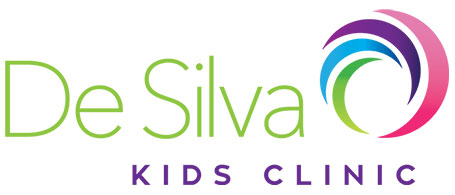As you know, due to COVID-19, we now offer telehealth sessions which can either be requested by the clinician or by the parent. Here at DeSilva Kids Clinic, we use Zoom to deliver our sessions.
Here are some tips to get the best out of your telehealth session:
• Familiarise yourself and your child with the software by downloading it and practicing using it with the video on. This will reduce anxiety and will not overwhelm both you and your child.
• Remove distractions from the environment. This means placing the device (that will be used for Telehealth) in a location where there are minimal distractions (i.e. a quiet room).
• Get actively involved in sessions. This provides a great opportunity for parents to engage in therapy and will provide parents with valuable skills to implement activities as well as learn how to best support your child at home.
• Prepare any required resources and have materials ready prior to the session. If there are any required resources or materials to be ready prior to the session, the clinician will let you know prior to the session.
• Ask questions – don’t be afraid to ask questions from your clinician. Your clinician is there to guide you and answer any questions you may have.
Senali Alahakone – Speech Pathologist at De Silva Kids Clinic






